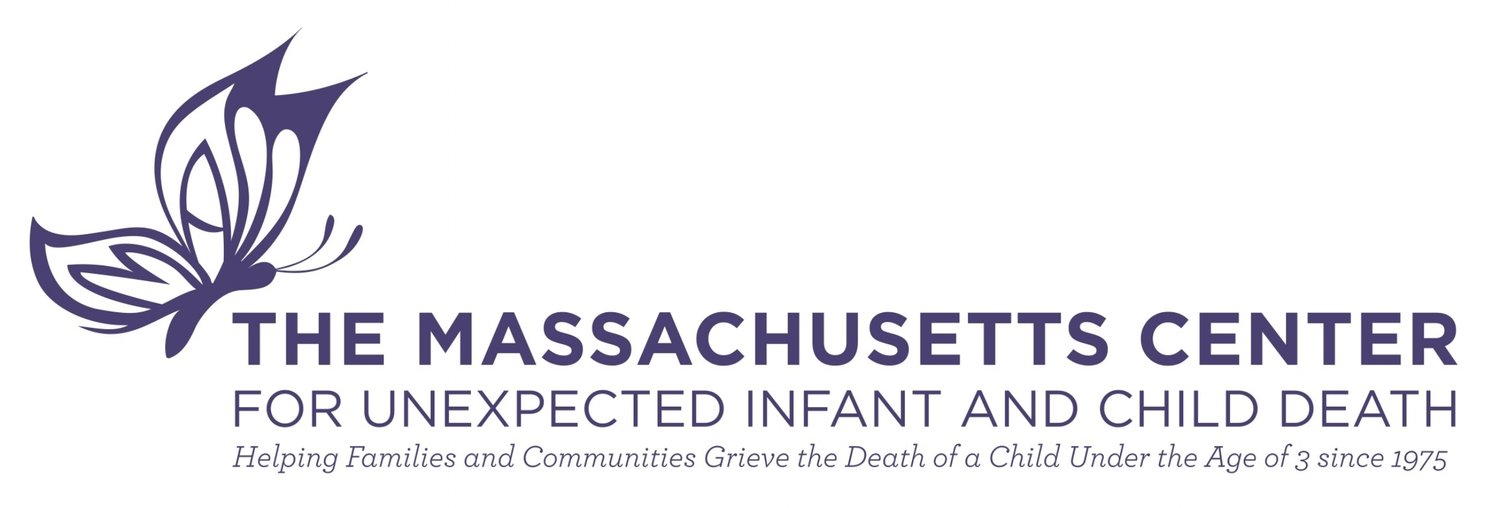A Parent's Reflection on Medical Research
One day after my son Mikey died, I received a call from Mary McClain at the Massachusetts Center for SIDS. She offered sincere condolences and told us that the initial autopsy showed that our baby died to Sudden Infant Death Syndrome. She told us we could not have predicted or prevented our child’s death. I thought, ―How could that be? How could a baby, apparently healthy one moment, die so suddenly? In our culture, we often think we can control our fates. If we have the right prenatal care; if we follow the advice of our obstetricians and pediatricians; if we read ―What to Expect When Your Expecting and ―What to Expect in the First Year; if we are vigilant and smart and careful; then we will watch our children grow and thrive. Since the ―Back to Sleep campaign started in 1992, parents think that if they just keep their babies on their back in a safe sleep environment, then their babies won’t die. And while SIDS rates have dramatically declined since the start of that campaign, babies are still dying. What parents like us want, recognizing that we can’t have our children back, is a reason why our babies died. Not just for us and for our families, but for all those families who will go through what we experienced 21 years ago (and are still reeling from). For every single baby that dies, so die the hopes and dreams of parents, grandparents, brothers, sisters, aunts, uncles, cousins. One baby’s death can affect family members for YEARS. We want money, energy and thoughtful, well-researched studies so we can answer ―Why? And so, since Mikey died, my husband and I have been following the research and fundraising for the research. We’ve cut hair for SIDS, run for SIDS, played golf for SIDS, and even sponsored motorcycle rides for SIDS. Page 2 Promises This newsletter includes a brief glimpse at some of the research currently being published. In just this article, researchers are studying the role of genetics, of sleep position, of serotonin, of issues of the heart. I knew from the first time I attended a research symposium on SIDS that it would be a long time before we had an answer to why Mikey died. Consider, for example Hannah Kinney’s decades of research at Children’s Hospital. In study after study, Dr. Kinney has picked away at the problem, each project discovering a small part of a problem that may have many answers. Her early studies showed that SIDS has to do with the brainstem. Then, it has to do with the chemoreceptors in the brainstem. It has to do with a baby whose brain is at a critical stage of development and who is exposed to stressors. It has to do with abnormal nerve cells in the part of the brain that make and use serotonin. It’s a very slow process, but each step along the way, each study and counter-study, means that the medical community is getting closer to figuring out why Mikey died. The results of this study point to the next, and each study gets us closer to identifying a biological cause. I dream of a day when the medical community identifies a biological cause or causes for sudden unexpected death. Then perhaps, someday, they will discover a way to test for SIDS, or develop a drug to prevent it: something that will help predict SIDS and prevent babies from dying. As we wait for an answer to the questions ―Why did our baby die? We parents will continue to support each other as best we can. We help the Mass. Center for SIDS train police and nurses and ER doctors and even medical students on how to care for families whose babies died. We show the rest of the world the long-term face of grief, so people who love and care for us can understand what we need to learn to live without our children. As you read these medical abstracts, I hope you will find some comfort in the fact each study is another small step in figuring out why our babies died.
-Kathy Whelan

